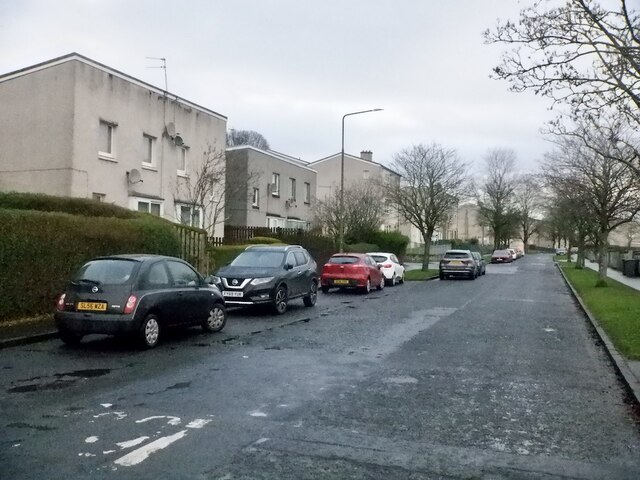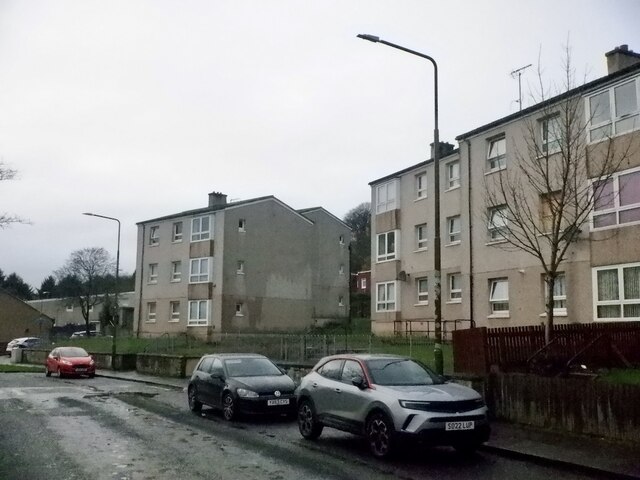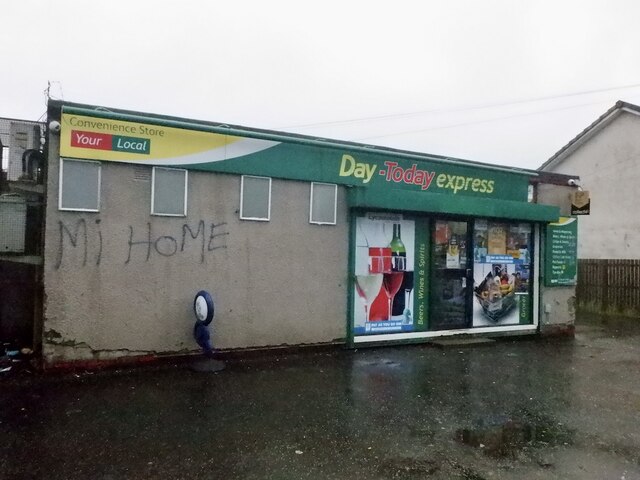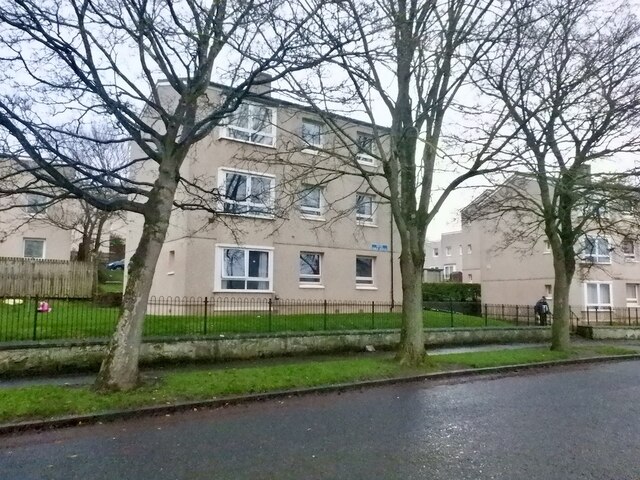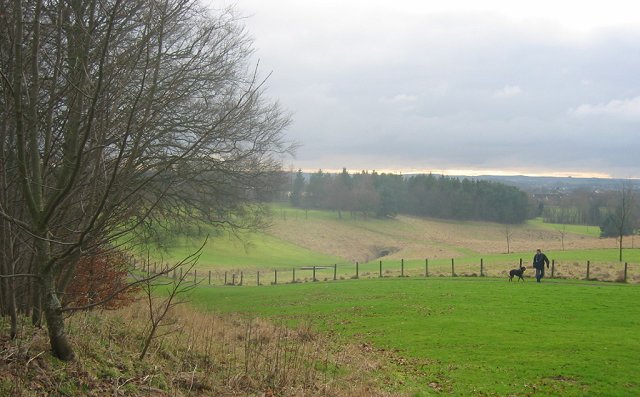Glen Mavis
Valley in West Lothian
Scotland
Glen Mavis
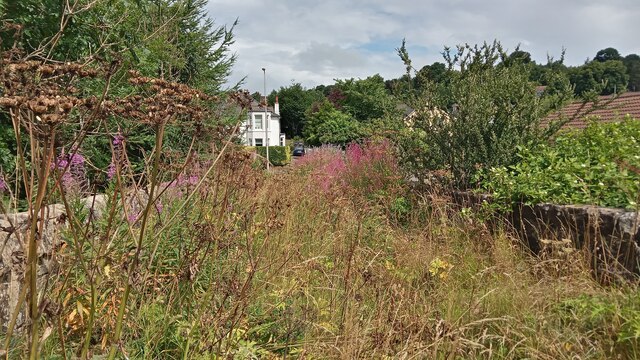
Glen Mavis is a charming village located in West Lothian, Scotland. Situated in a picturesque valley, it offers breathtaking views of the surrounding countryside and is a serene haven away from the bustling city life. The village is nestled between the towns of Bathgate and Armadale, providing easy access to a range of amenities and services.
Glen Mavis is known for its rich history, dating back to the 18th century when it was primarily an agricultural community. Today, it retains much of its traditional charm with its well-preserved architecture and quaint cottages. The village is also home to a number of historical landmarks, including the Glen Mavis Viaduct, a striking railway bridge that adds to the village's character.
Nature enthusiasts will find Glen Mavis to be a paradise, as it is surrounded by stunning natural landscapes. The nearby Bathgate Hills and Pentland Hills offer numerous walking and hiking trails, allowing residents and visitors to explore the area's beauty. Additionally, the River Almond flows through the village, providing opportunities for fishing and other water activities.
Residents of Glen Mavis enjoy a close-knit community atmosphere, with various local events and activities bringing people together. The village has a primary school, ensuring convenient access to education for families with young children. While Glen Mavis itself is a peaceful retreat, it is within easy reach of larger towns and cities, making it an ideal location for those seeking a balance between rural tranquility and urban convenience.
In summary, Glen Mavis is a charming village in West Lothian, Scotland, offering stunning natural scenery, a rich history, and a close-knit community. Whether you are looking to explore the outdoors, immerse yourself in history, or simply enjoy a peaceful lifestyle, Glen Mavis has something to offer for everyone.
If you have any feedback on the listing, please let us know in the comments section below.
Glen Mavis Images
Images are sourced within 2km of 55.90955/-3.6321387 or Grid Reference NS9869. Thanks to Geograph Open Source API. All images are credited.

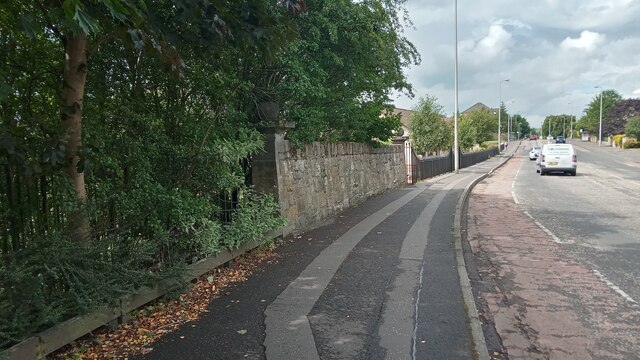
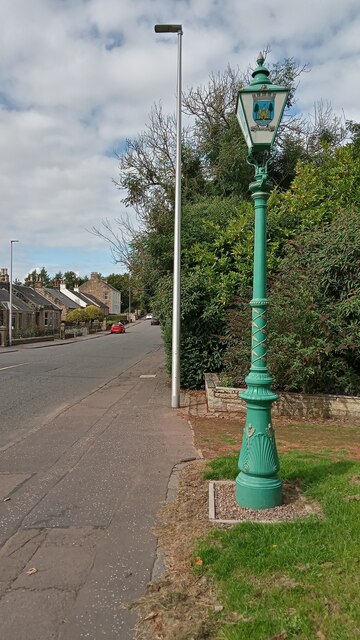
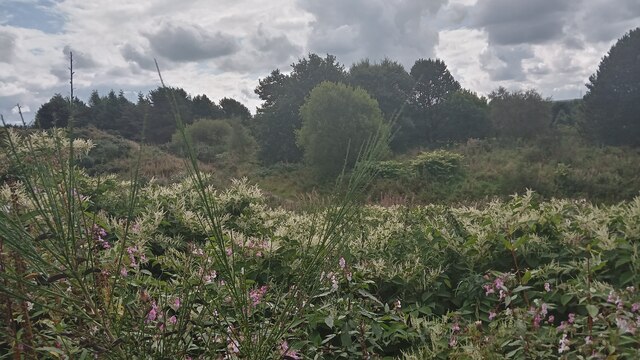
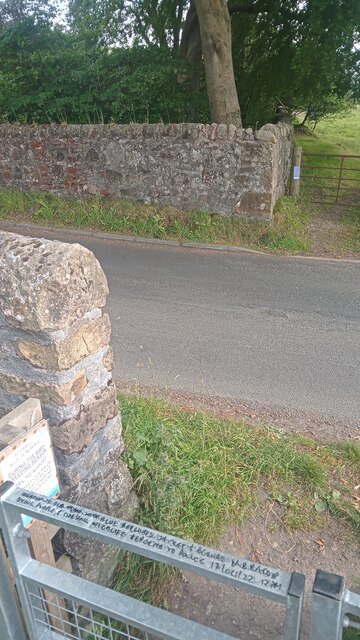
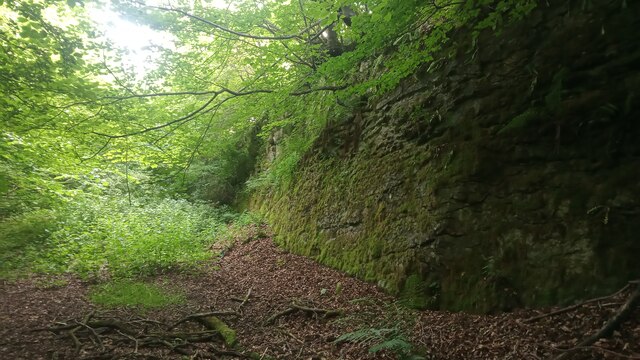
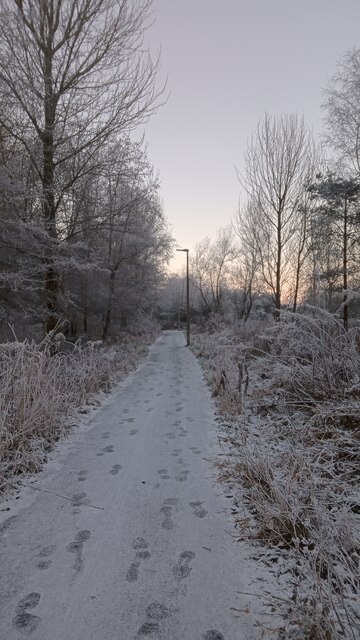
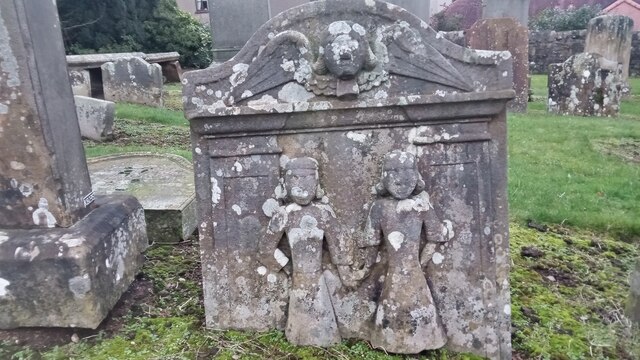
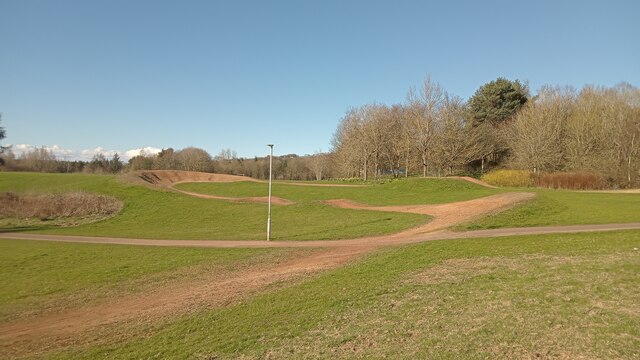
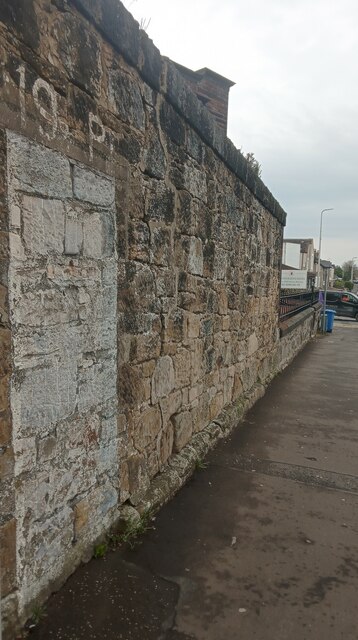
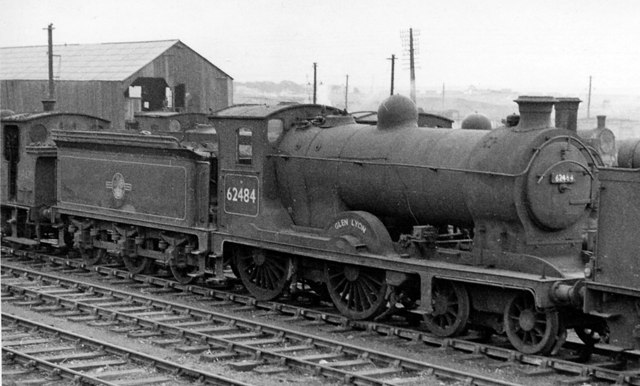
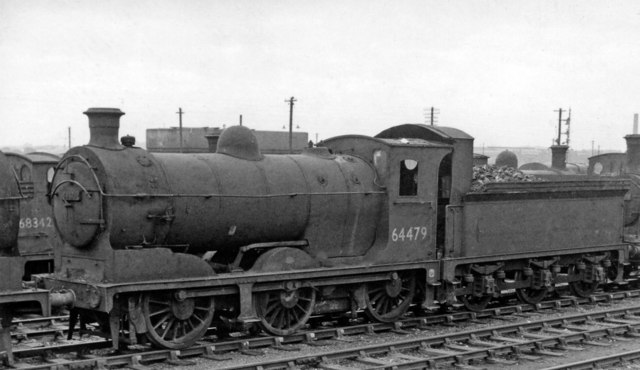
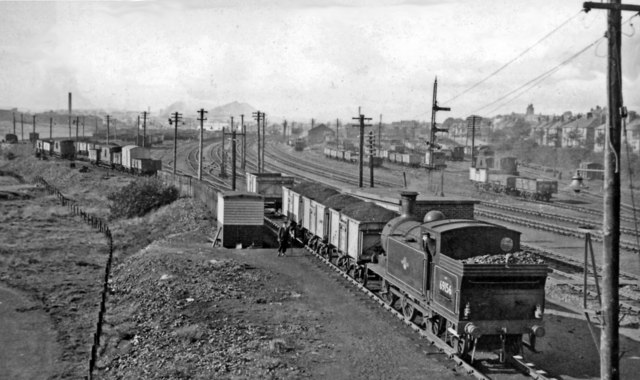

Glen Mavis is located at Grid Ref: NS9869 (Lat: 55.90955, Lng: -3.6321387)
Unitary Authority: West Lothian
Police Authority: The Lothians and Scottish Borders
What 3 Words
///rinsed.tadpole.currently. Near Bathgate, West Lothian
Nearby Locations
Related Wikis
Balbardie House
Balbardie House was an 18th-century Scottish mansion house in West Lothian, Scotland, near to the town of Bathgate. == History == The house stood on the...
Ballencrieff, West Lothian
Ballencrieff is a settlement in West Lothian, Scotland, situated equidistant between the towns of Bathgate and Torphichen and seven miles south of Linlithgow...
Bathgate
Bathgate (Scots: Bathket or Bathkit, Scottish Gaelic: Both Chèit) is a town in West Lothian, Scotland, 5 miles (8 km) west of Livingston and adjacent to...
Mill Park, Bathgate
Mill Park was a football ground in Bathgate, Scotland. It was the home ground of Bathgate F.C. from 1902 until they folded in 1938. == History == Bathgate...
Nearby Amenities
Located within 500m of 55.90955,-3.6321387Have you been to Glen Mavis?
Leave your review of Glen Mavis below (or comments, questions and feedback).
